Ask our dispensing optician
Your request was successfully submitted!
The Benefits of Polarised Sunglasses

Reviewed by
Beck Jinnette
Polarised lenses may look cool, but they are more than just a stylish accessory. These lenses protect you from glare, helping improve vision clarity and reduce eye strain in bright conditions.
What are polarised sunglasses?
Imagine light as a bunch of tiny, invisible ping-pong balls bouncing off everything around you.
On rough surfaces, these ping-pong balls bounce around unpredictably in all directions. But on smooth surfaces like calm water or a shiny piece of metal, the balls will bounce in a more uniform, organised way.
When bright sunlight hits a reflective surface, the vertical light scatters horizontally. This creates what we call glare – that harsh, blinding light that makes you squint and can be really uncomfortable.
Polarised lenses are designed to block the horizontal light rays that cause this glare. They do this by only letting through light rays that are harmless and comfortable for your eyes.
This makes it a lot easier to see on sunny days, especially around water, snow, or any smooth surface that reflects light straight into your eyes.
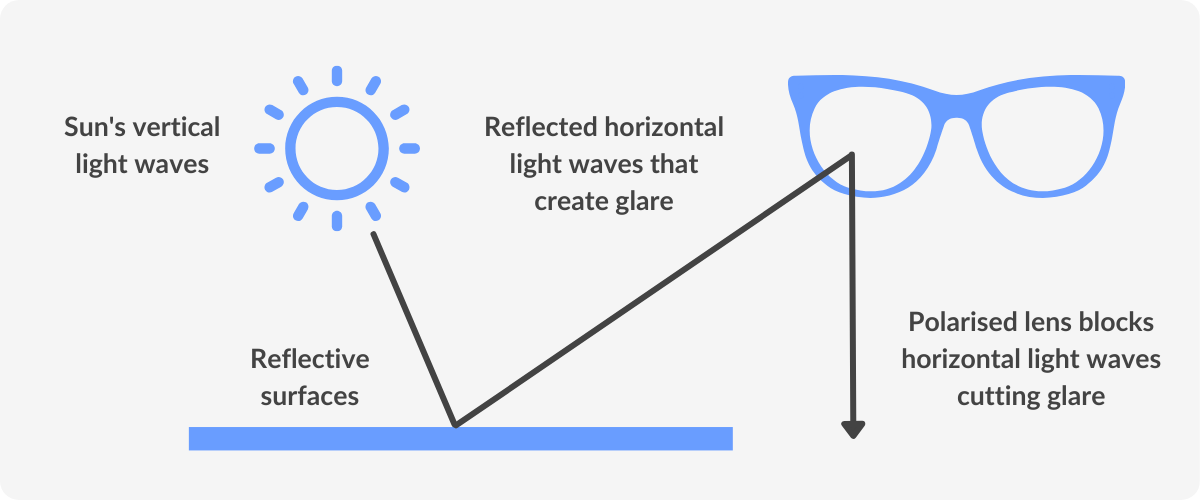
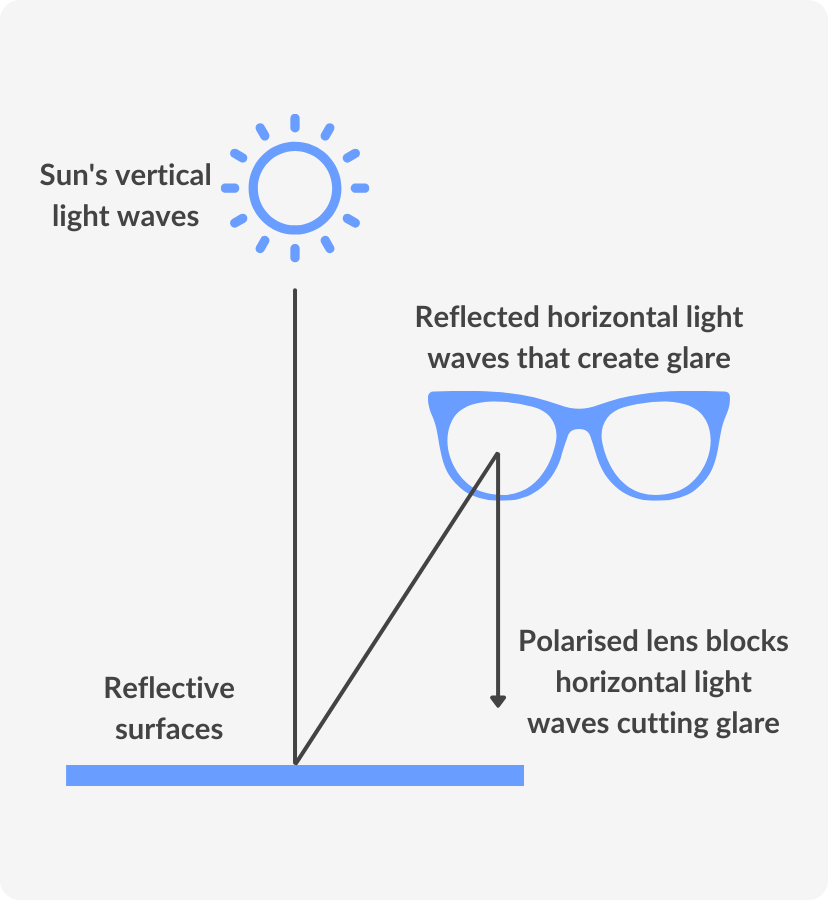
How do polarised lenses work?
Polarised sunglasses are equipped with a special filter that allows for clearer and more comfortable vision. The key to the effectiveness of polarised lenses lies in this filter, which contains a special chemical film.
This film is made up of parallel molecules that work in the same way as blinds on a window, allowing the glasses to block out the light traveling in one direction while the light traveling in others still passes through.
This significantly reduces glare and improves the quality of what you see.
Benefits of polarised lenses
Wearing a pair of polarised lenses has many benefits. From reducing brightness to minimizing glare, they are one of the best solutions to protect your eyes from harmful light waves. The benefits of polarised sunglasses include:
- Reduced glare: The primary benefit of polarised sunglasses is that they are designed specifically to minimise glare from reflective surfaces such as water, snow and roads. By blocking glare, they reduce squinting and improve visual comfort during activities with bright light.
- Clearer vision: By filtering out harsh, reflected light, polarised lenses improve clarity and contrast of vision. This is particularly beneficial for activities like driving, where the ability to see details and depths can be crucial for safety.
- Enhanced colour perception: Polarised sunglasses can enhance the natural colours and contrast of the environment. This can make scenes more vibrant and enjoyable when performing outdoor activities like hiking, fishing, or photography.
- Reduced eye strain: Glare can cause eye strain, leading to discomfort and fatigue. With its glare reduction, polarised lens technology can improve the strain on your eyes and make it more comfortable to engage in activities with long exposure to the sun.
Polarised vs non-polarised lenses
When deciding between polarised and non-polarised sunglasses, the key difference lies in the polarised lenses’ ability to reduce glare.
Non polarised lenses can be tinted to decrease overall brightness, but they won’t enhance visual clarity in the same way polarised lenses do.
While both types of lenses can be equipped to filter out blue light from digital screens and harmful UV rays, this is independent of whether the lenses are polarised or not.
This is why when picking out sunglasses it is crucial to check if they also offer UV protection.
Ultimately, neither of the lens types is better than the other and you should choose your pair of sunglasses based on what best suits your lifestyle and specific needs.
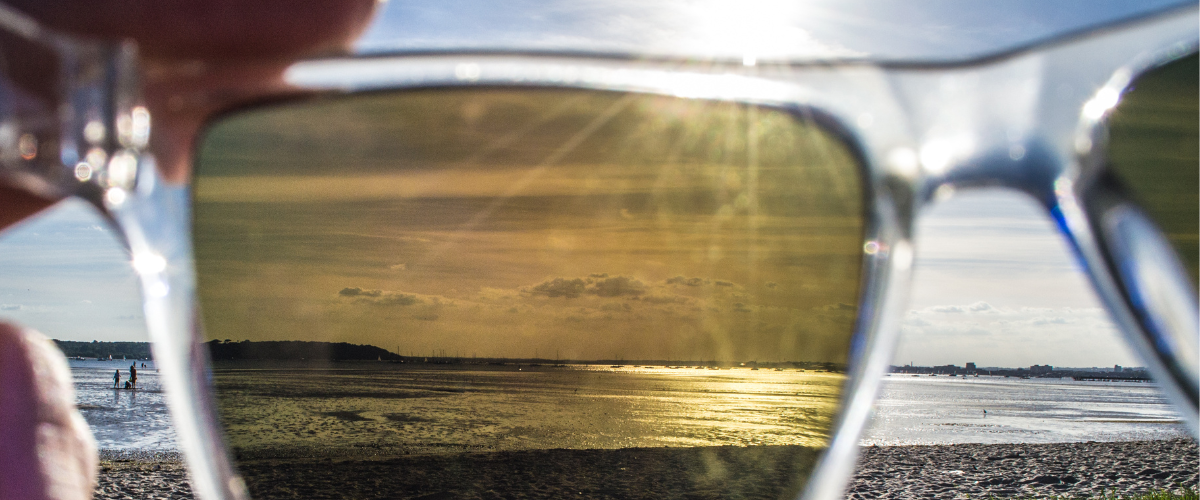
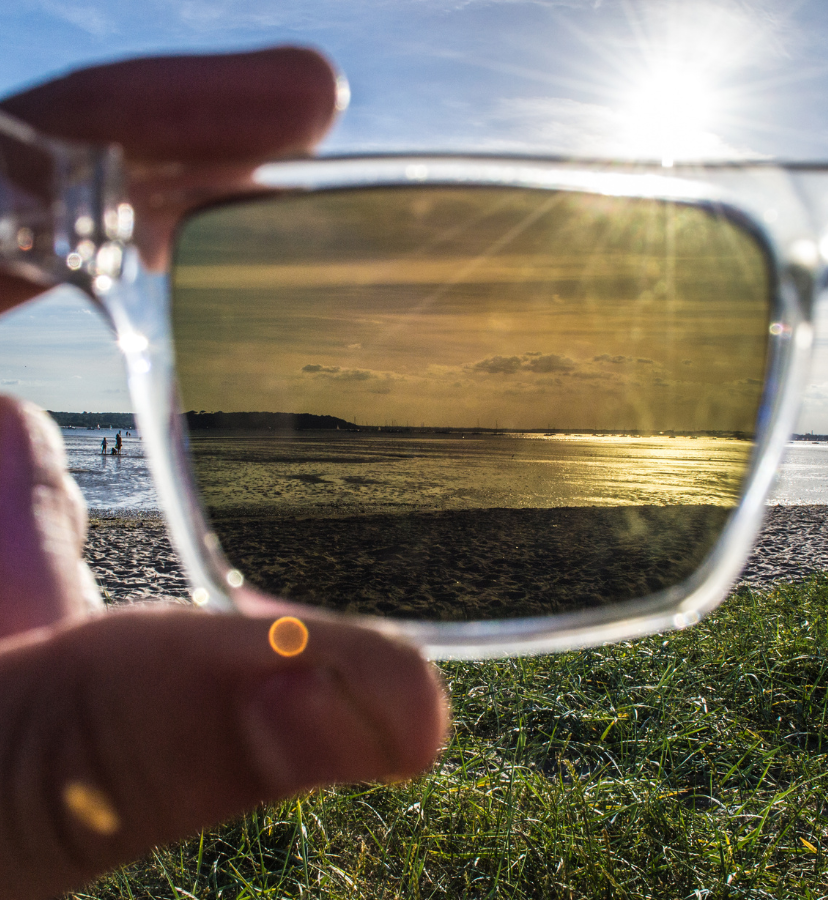
DID YOU KNOW?
Polarised lenses were invented in 1936 by Edwin H. Land.
Should I be wearing polarised sunglasses?
There are many situations in which a pair of polarised sunglasses can be beneficial. When spending time outdoors, their ability to cut down sun glare can be useful to reduce eye strain.
Beyond that, the visual clarity they provide can also be useful in specific scenarios, such as when doing outdoor sports that require visual precision. The following activities are examples of cases where the polarisation is helpful:
- Driving during the day: Polarised sunglasses reduce glare from the sun and reflective surfaces when driving, helping the driver see the road and oncoming vehicles clearly, without the need to squint.
- Playing outdoor sports: They provide a more visual acuity under the sun, improving both your game and safety.
- Golfing: In golf the glare from the sun can be distracting. Polarised lenses can improve contrast and clarity on the course, which helps ball tracking and reading the greens.
- Water sports and activities: Activities such as water sports, boating, or just a day by the water are more enjoyable with polarised sunglasses. They cut down the glare from the water’s surface and allow you to see beneath it more clearly. This can be particularly useful for fishing as it allows the wearer to easily spot fish under the surface.
- Winter sports: Polarised sunglasses reduce the harsh glare from the horizontal light that bounces off the snow’s reflective surface. This helps visibility in skiing, snowboarding, or any snow-based activity.
When not to wear polarised sunglasses
While polarised lenses offer significant benefits in reducing glare and enhancing visual clarity, there are cases where they may not be the ideal choice.
For instance, pilots are often advised against wearing polarised lenses since they can interfere with the visibility of instrument panels.
This is also why individuals who wear polarised glasses while using a LED or LCD screen (car dashboards, ATMs, smartphones etc.), might find these displays harder to read due to the polarisation filter.
Although polarised lenses can help reduce the glare from oncoming headlights, they’re also not always the best option for drivers.
In low light conditions or when night driving, they can reduce visibility and make it more challenging to see obstacles or hazards. This is because of their dimming effect and can lead to traffic accidents.

Protect your vision
Wearing polarised sunglasses can greatly improve the quality of your vision when performing outdoor activities, but ultimately choosing them over non-polarised sunglasses is a personal preference.
Feel free to ask our opticians if you have any questions on polarisation or what lens type is the best for your needs.
Related articles

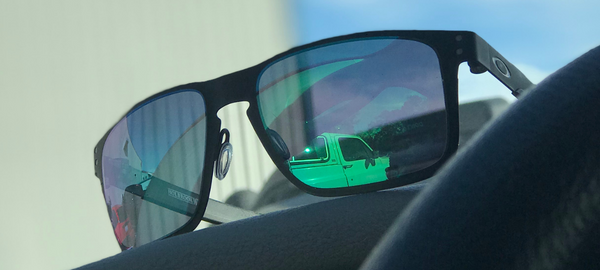
Related articles


Ask our dispensing optician
Your request was successfully submitted!





































